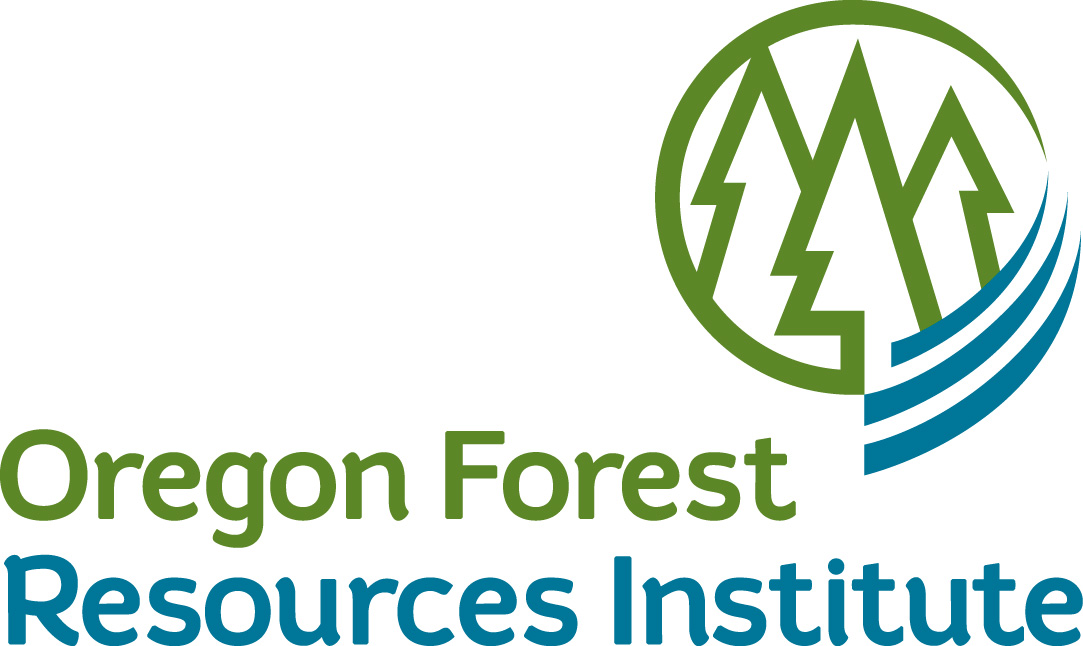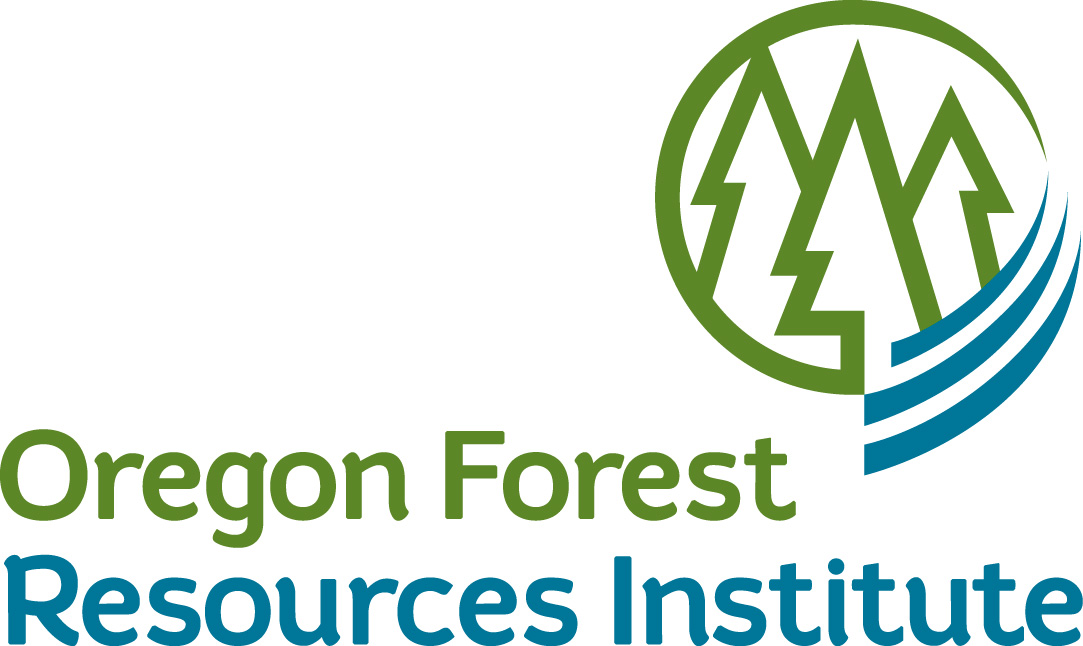SAF Learning
2017 Silviculture: Forest Ecology and Data Informing Decisions Conference Recordings
-
You must log in to register
- Non-member - Free!
- Member - Free!
View these 18 presentations under the Contents tab:
Boots on the Ground: Data, Guidelines, & Experiences
Enabling Development of Tailored Composite Volume Yield Estimates in Minnesota, USA, David Wilson, University of Minnesota
Good Data Gone Bad: Effective Visualization in Forestry, Matthew Russell, University of Minnesota
Lessons Learned Teaching Data Visualization in Forest Science, Andrew Sanchez-Meador, Northern Arizona University
Eastern Silviculture & Forest Ecology
Shortleaf Pine Response to Thinning at the Onset of a Severe Drought, Samantha Anderson, University of Missouri-Columbia
Northern Silviculture & Forest Ecology
Assimilation of Tree Ring and Repeat Census Data to Model Past Forest Dynamics and Drought Responses, Malcolm Itter, Department of Forestry, Michigan State University
Exotic Larch: A Proven Winner for the North, David Maass, Independent Consultant
Northwestern Silviculture & Forest Ecology
Site-level Factors Determining Post-fire Conifer Regeneration in Eastern Oregon, Angela Boag, University of Colorado Boulder
Do Different Selection System Strategies Insure Long-term Sustainable Growth of Northern Hardwood Stands?, Sarita Bassil, SUNY-ESF
Southern Silviculture & Forest Ecology
Black Bear Damage to Northwestern Conifers in California: A Review, Kenneth Fulgham, Humboldt State, Forestry & Wildland Resources Department
Climate Change, Disturbance, Canopy Density, and Longleaf Pine Regeneration—Are We Missing Something?, Steve Jack, Jones Ecological Research Center
Drought Effects on Pine Plantations in the Southern US, Dehai Zhao, University of Georgia Warnell School of Forestry and Natural Resources
Facilitation Forestry: Intercropping to Increase Plantation Resistance and Resilience, David Buckley, University of Tennessee
The Chinese Tallow Invasion Pattern under Different Disturbances at Stand Level in the Southeast Coastal Area USA, Shaoyang Yang, Forestry Department of Mississippi State University
Which Factors Contribute to the Presence and Abundance of Invasive Tree Species in Mississippi?, Don Grebner, Mississippi State University
Western Silviculture & Forest Ecology
Montana Fish, Wildlife & Parks Statewide Forest Management Plan, Jason Parke, Montana Fish, Wildlife & Parks
What Have We Learned from the Last Decade’s Research about Drought-induced Tree Mortality in the Southwest?, Thomas Kolb, Northern Arizona University
Water & Watersheds
Managing Contemporary Mixed Land-use Watersheds: Resurrecting the Experimental Watershed Study Approach, Jason Hubbart, West Virginia University
Multiple Land-use Impacts on Forested Floodplain Groundwater Processes, Elliot Kellner, West Virginia University
Key:
Browser Recommendation
Use Chrome, Firefox, Edge, or Safari.
DO NOT USE Internet Explorer.
Quick Search
Customer Support
If you need assistance with registration, accessing a ForestEd product you purchased, or other customer service-related issues, please email ForestEdSupport@safnet.org during normal office hours: Monday - Friday, 9:00 am - 5:00 pm ET.
Sponsors
ForestEd Suggestion Box
Technical Support
For technical support, email ForestEdSupport@safnet.org



